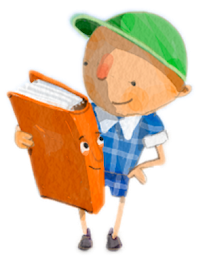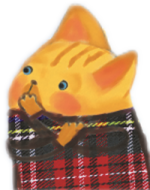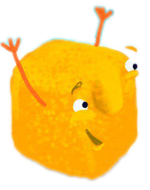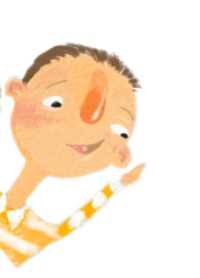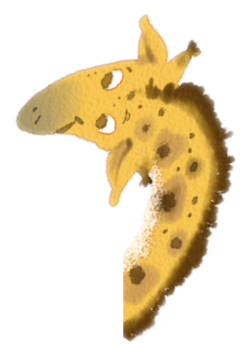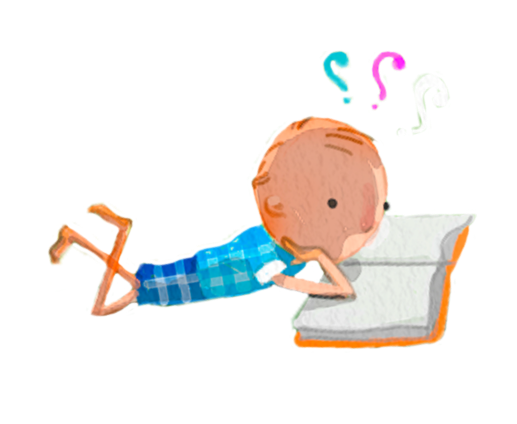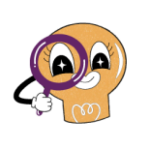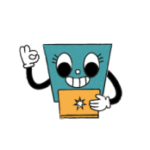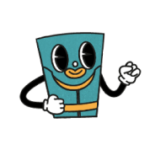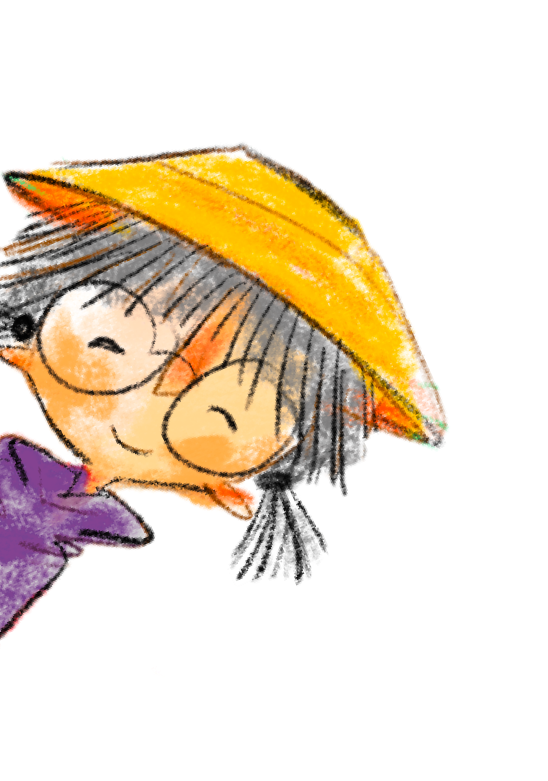
Parental Involvement Philosophy
Why did Tootaa choose to have parents read the story to their children, rather than providing audio or video stories for the child to read himself?
Many scientific studies have demonstrated the positive impact of parents reading to their children. It is seen as a means of establishing and deepening a close and secure relationship between the child and his family, which is crucial for raising psychologically healthy children who are prepared to engage in healthy social, professional, and family relationships.
In the context of Tootaa, parents’ reading for the child is essential for understanding the child’s point of view, and behavior, and ways to support him. Parents can use Tootaa’s stories as a tool for asking questions and expressing feelings and points of view, as well as spending quality time with their child. Consequently, this helps boost the child’s confidence, and the qualitative impact that parents can have on the behavior and life of their children.
In the context of Tootaa, parents’ reading for the child is essential for understanding the child’s point of view, and behavior, and ways to support him. Parents can use Tootaa’s stories as a tool for asking questions and expressing feelings and points of view, as well as spending quality time with their child. Consequently, this helps boost the child’s confidence, and the qualitative impact that parents can have on the behavior and life of their children.






